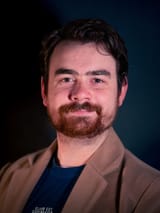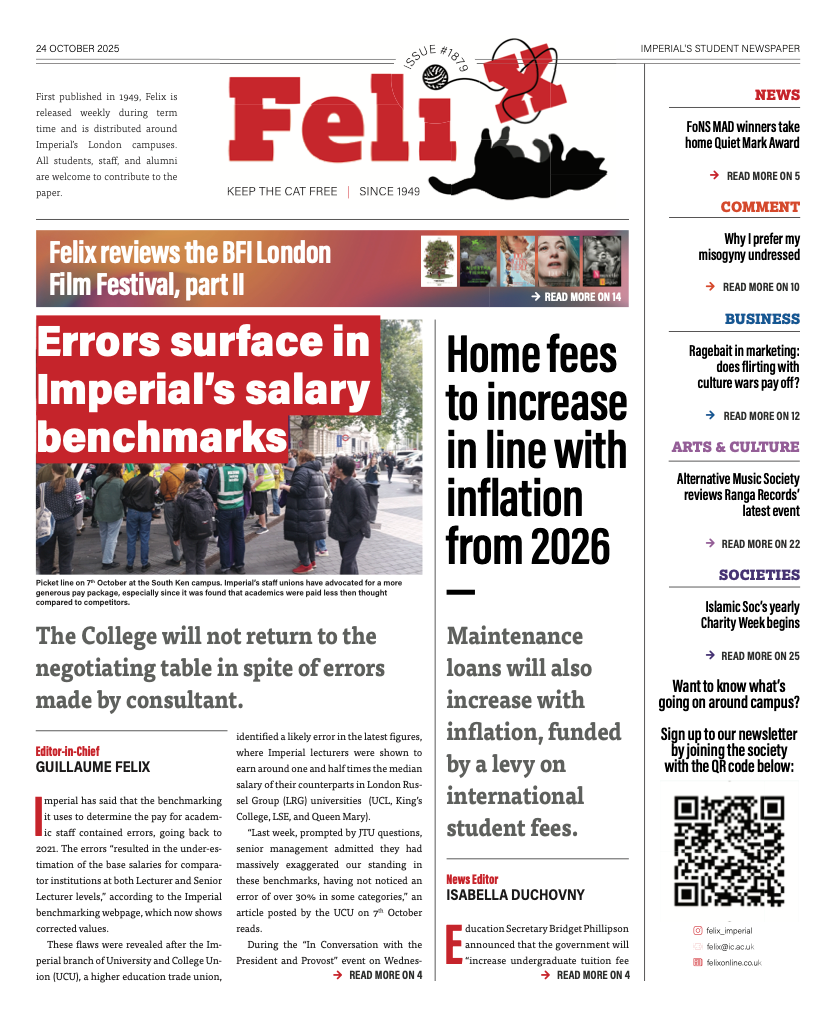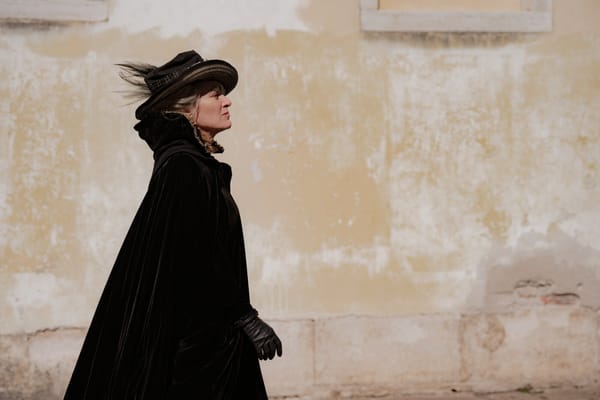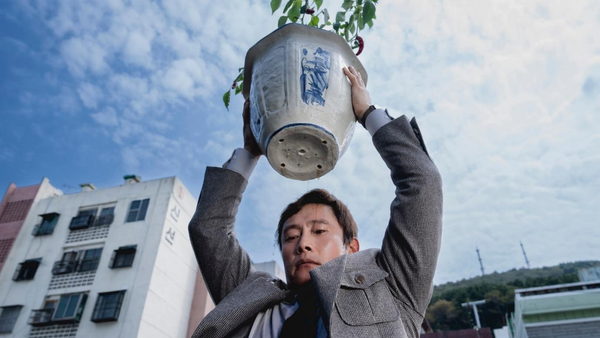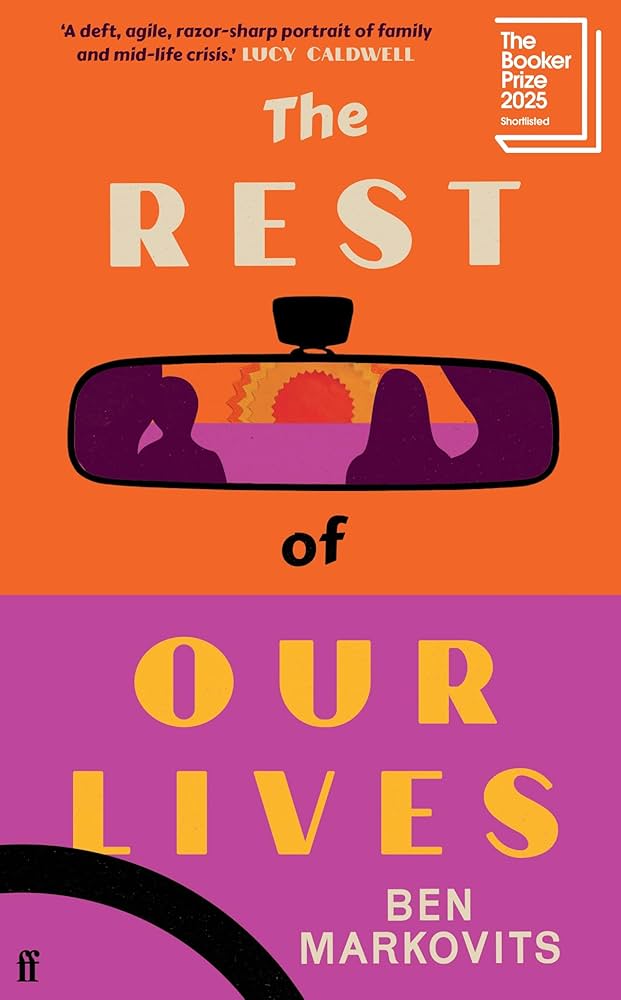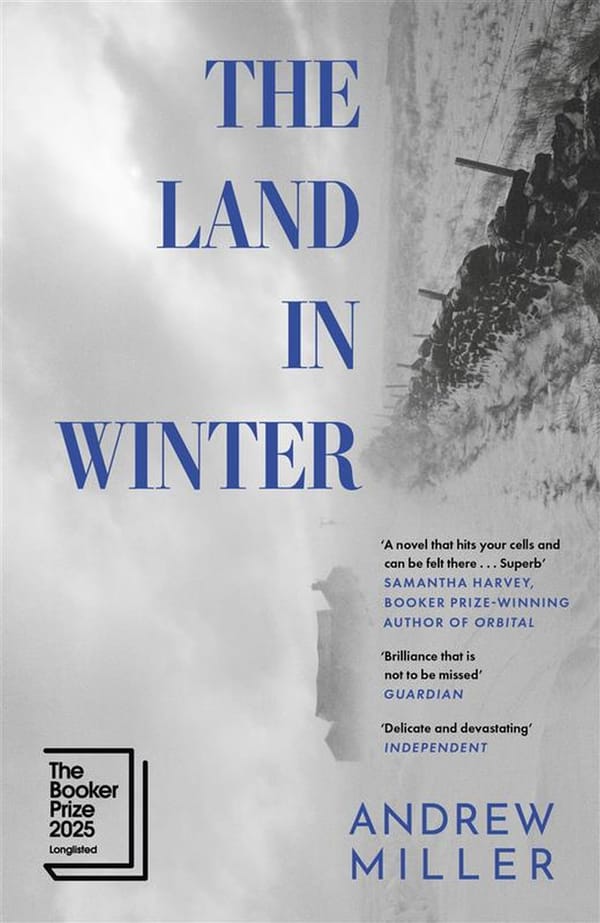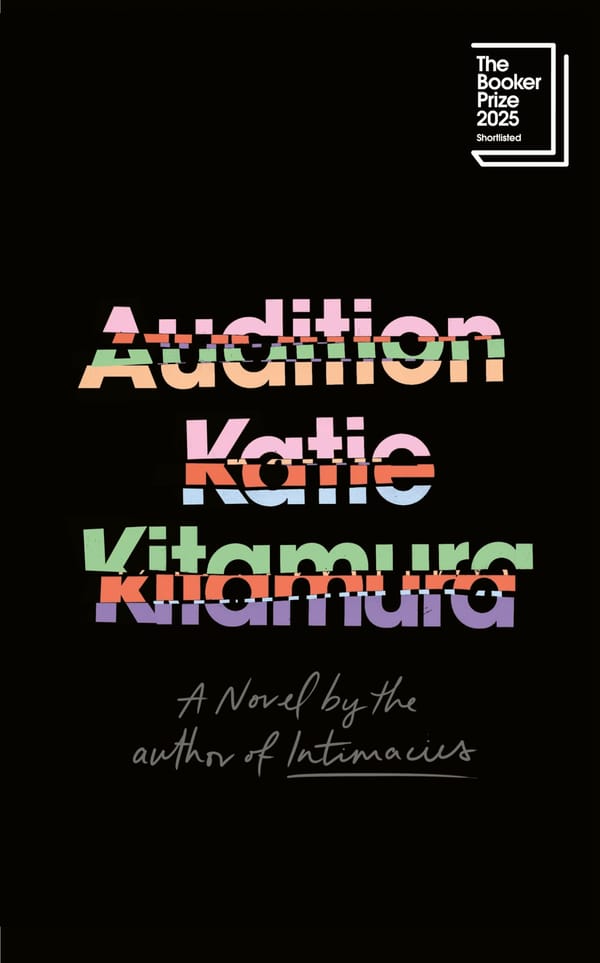Nouvelle Vague
BFI LFF 2025 Gala: Godard's New Wave Cinema
In 1959, film critic and director Jean-Luc Godard had an image of creating a new form of cinema. After viewing the premier of Les quatre cents coups by Truffaut, Godard was inspired to take up the cross of film directing, supplied only with a rough outline story by none other than Truffaut himself. Together, with many figures influential in the cinema criticism circle known as the Cahiers du Cinéma, Godard crafted in 20 days a full length feature film : À bout de souffle or Breathless (1960). And thus the New Wave, or Nouvelle Vague, of cinema was born.
Richard Linklaker, known for his work on Boyhood and School of Rock, turned his attention to making a biographical film about the crafting of Breathless from the perspective of both Godard and the feature actors involved – mainly Jean-Paul Belmondo and Jean Seberg. In the Q&A session, Linklater stated that his idea for making a biographical feature about Breathless came from a ten year idea inspired by Linklater’s own fascination with New Wave Cinema.
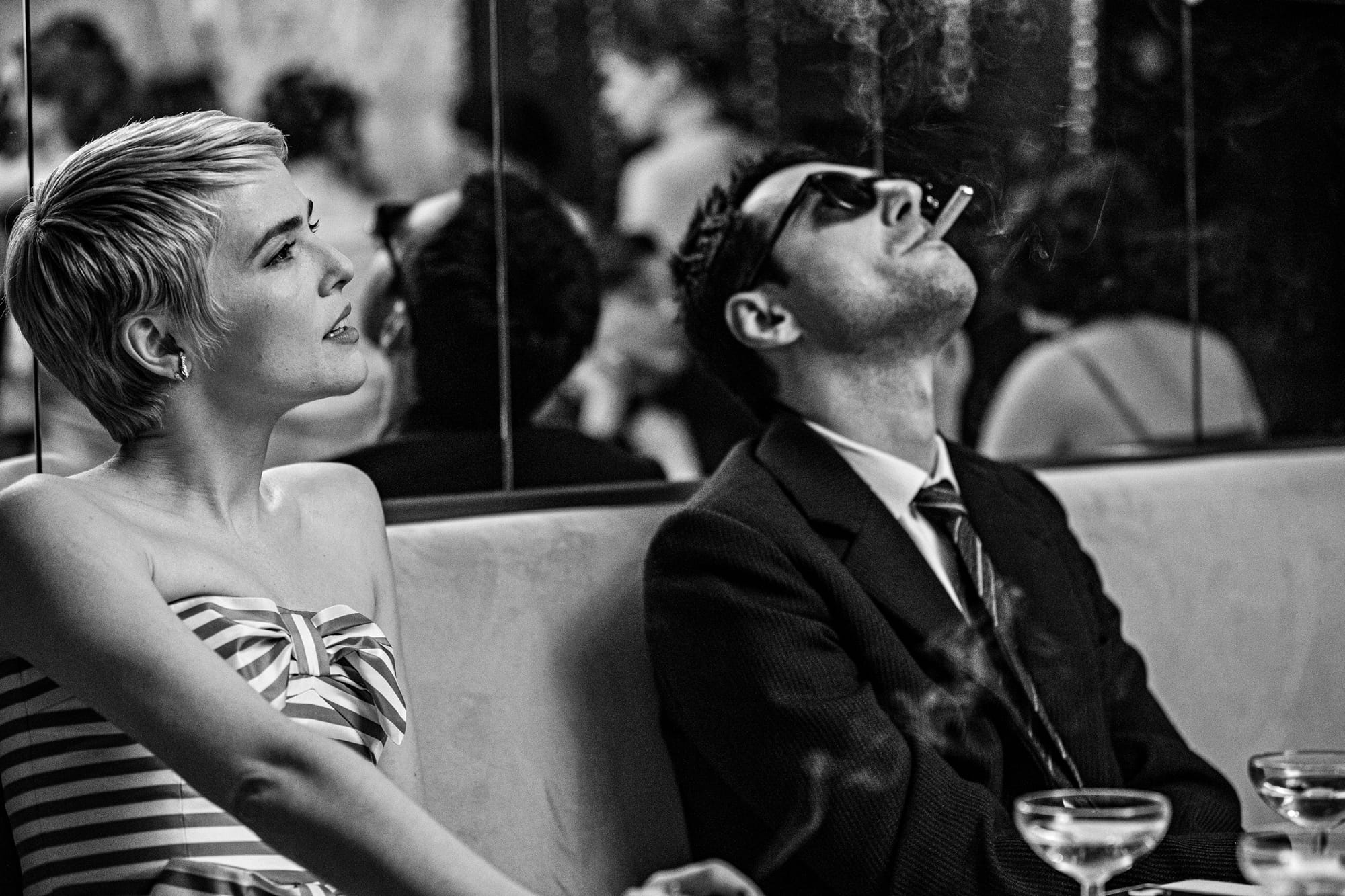
The film itself is not only an insightful and candid view into the perspective of Godard, but also serves as a perfect homage to the stylistic qualities and visual techniques inspired by the New Wave movement. Filmed entirely in 4:3 aspect ratio, black and white, and entirely in French, the film captivates the audience with its cleverly employed techniques that mirror the background conversations on the techniques that were to be used in the film. For example, one scene shows the moment where Godard asks for the scene cutting to be done “around the scenes,” leading to Godard’s signiture “jump-cuts” – this conversation was accompanied with Linklater employing rapid jump cuts during the entire scene. In moments like these, the audience could be fully immersed in the film and the glamour of Nouvelle Vague.
And thus the New Wave, or Nouvelle Vague, of cinema was born.
For those particularly interested in the New Wave Movement, this film not only highlights Godard, but further becomes a who’s-who of many influential figures in the movement. At times, it feels like every actor gets a moment to shine in little vignettes dedicated to showing the profile of each inflential figure whether it be conversations with Bresson at drinks, Agnès Varda at the soiree, or Jean Cocteau at the Paris Metro. The immersion highlighted earlier is exemplified further when Linklater stated that most of the actors were in their breakout roles, as Linklater wanted to choose actors who could bear striking resemblence to the people they portrayed.
Oddly enough, this film has a way of not only being light-hearted and glamerous, but rather wholesome at times. It felt like what was highlighted often were the in-jokes between the crew and the actors, the deep understanding and friendships between directors, producers and critics, and, in true Parisian style, the endless coffee and lunch breaks after a grand total of one hour of filming. It gave you an impetus to leap through the screen and join the crew on this adventure, as if you were sitting right there with them.
Truly, this film was both the perfect example of homage film making, technical brilliance, and an enlightening and inspiring film, that makes you want to go watch Breathless again. If only to see the lit-boulevards or Paris, or to have coffee near the Champs-Élysées wearing a signature pair of black sunglasses.
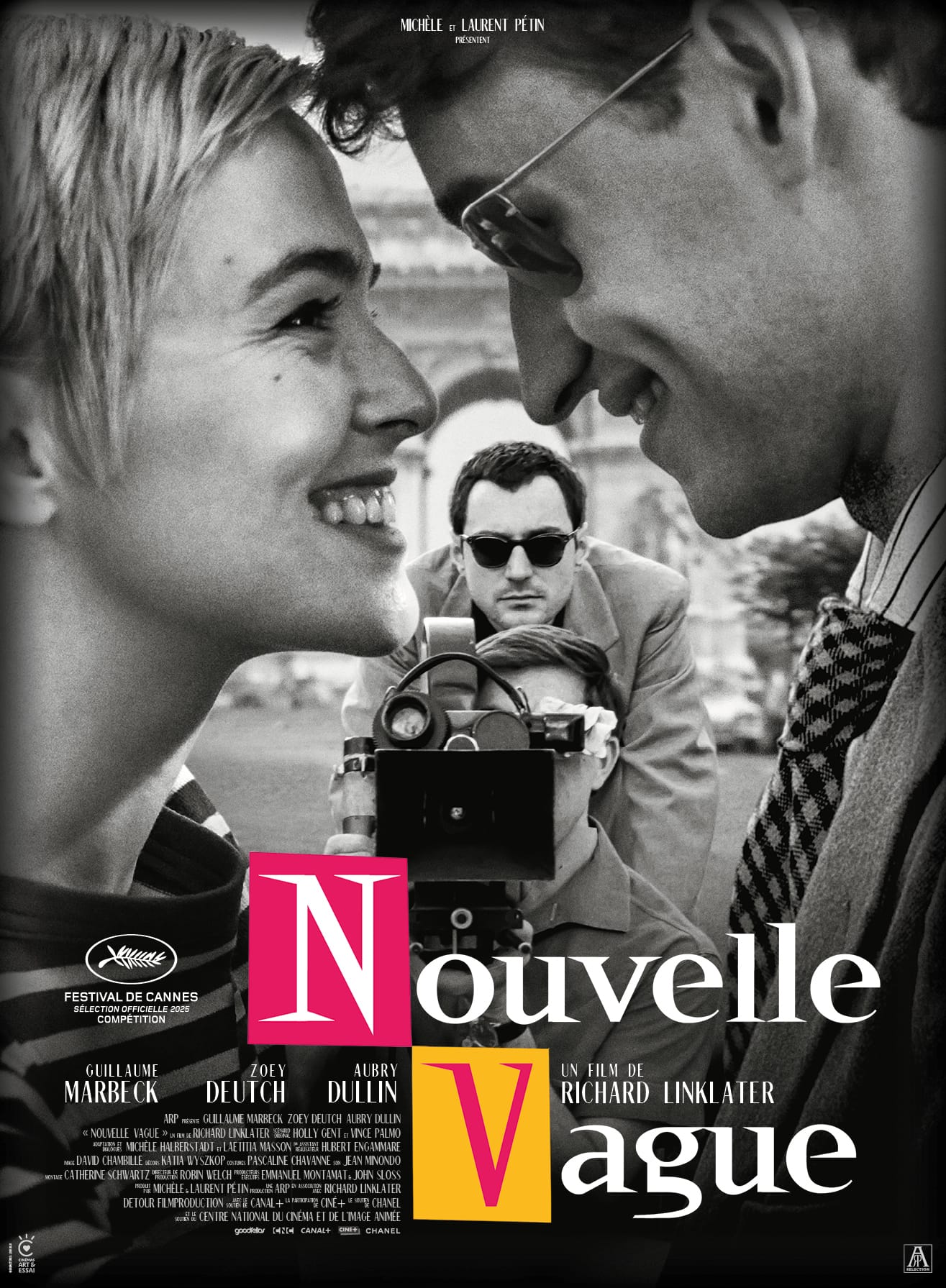
Historical drama/Comedy
Director: Richard Linklater
Screenwriters: Holly Gent, Vince Palmo
Starring: Guillaume Marbeck, Zoey Deutch, Aubry Dullin
Run time: 105 min
Release date: 30/01/2026

